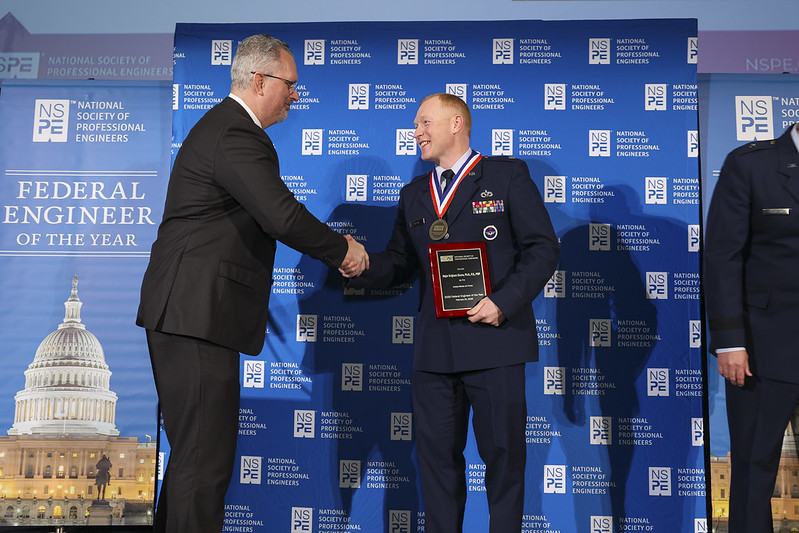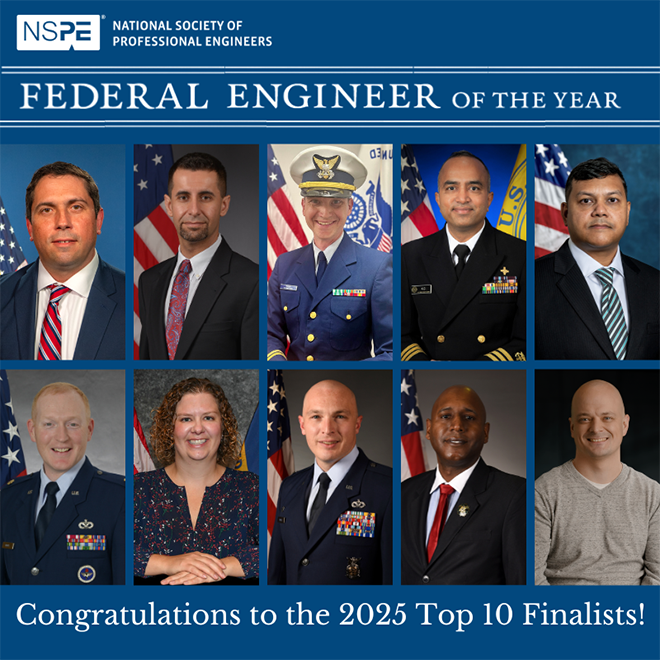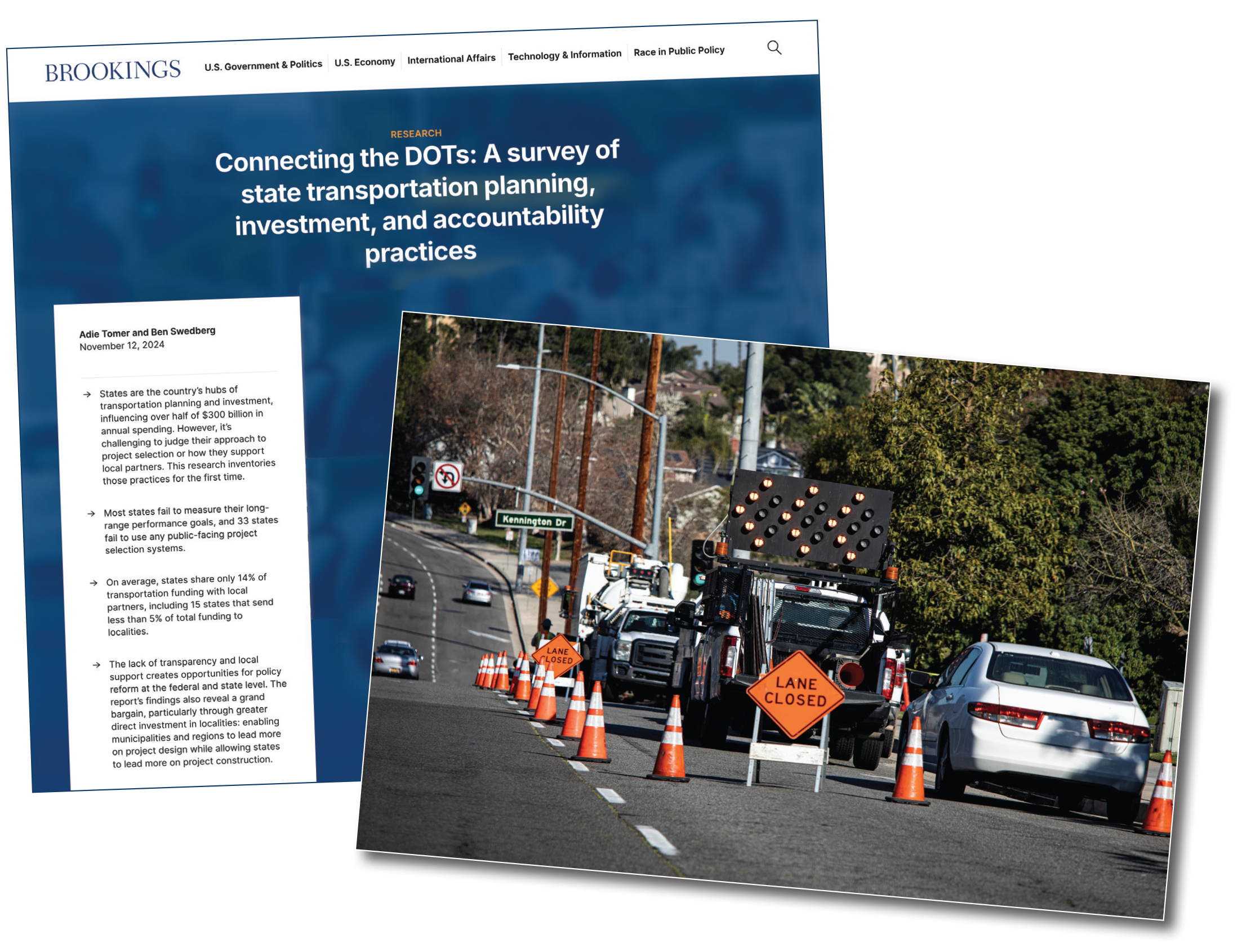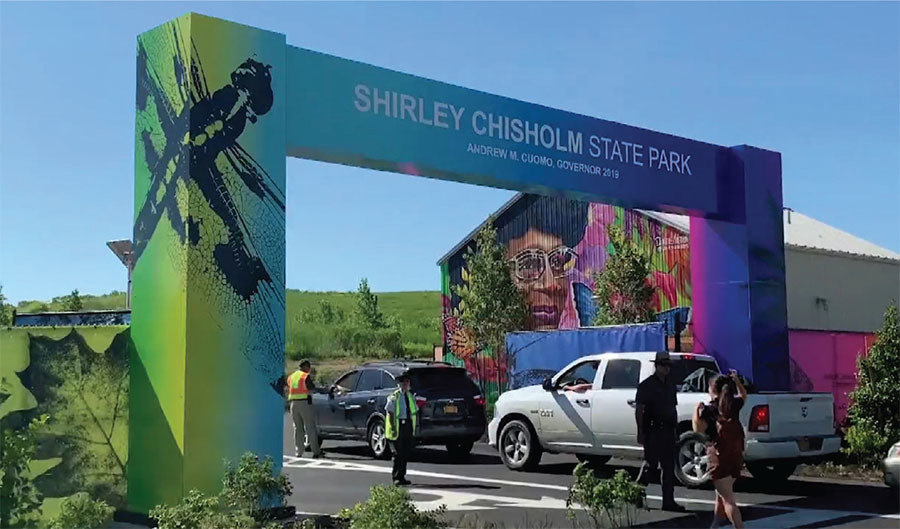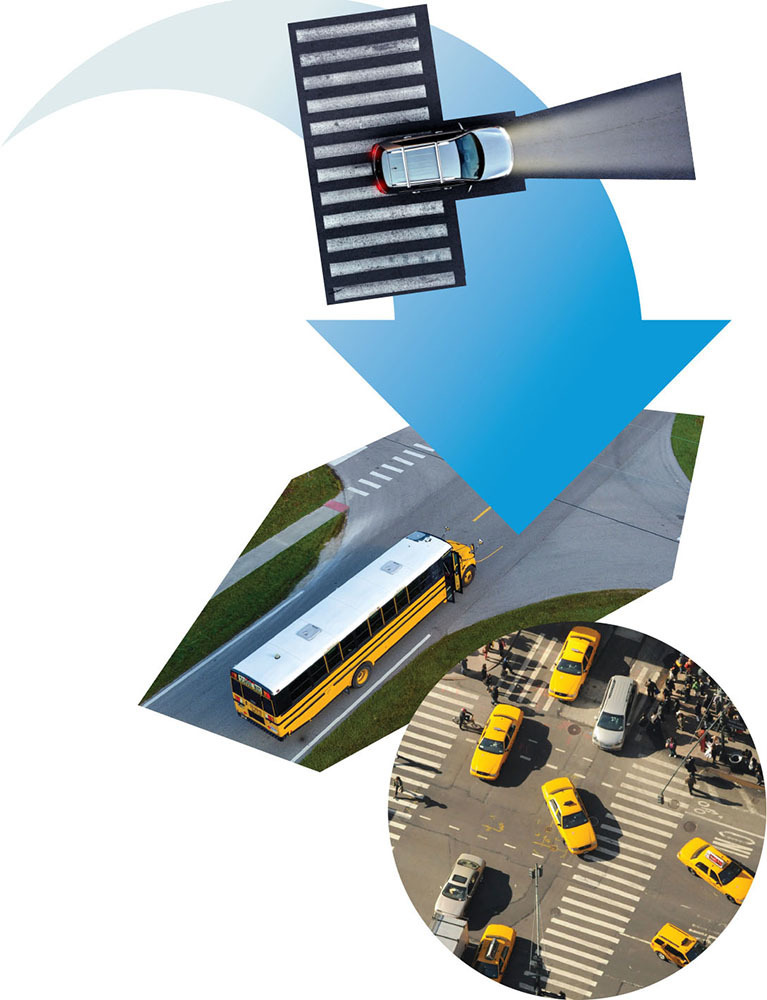May 2014
COMMUNITIES: GOVERNMENT
Virginia PE Embroiled in ‘Bike War’
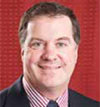 NSPE member Rich Baier, P.E., recently found himself embroiled in a local controversy. The issue, and the way the director of transportation and environmental services handled it, provides lessons for professional engineers attempting to get public buy-in on projects.
NSPE member Rich Baier, P.E., recently found himself embroiled in a local controversy. The issue, and the way the director of transportation and environmental services handled it, provides lessons for professional engineers attempting to get public buy-in on projects.
The plan that touched off the controversy: adding bike lanes to portions of King Street in Alexandria, Virginia. The issue hits literally close to home for NSPE—the Society headquarters is not only located in Alexandria but also sits on King, albeit further east.
The conflict began in fall 2013 after resurfacing of the street prompted a look at safety and convenience improvements for various modalities. The proposal aligned with Alexandria’s transportation master plan, which includes a citywide bike network.
According to Baier, the changes improve safety not only for cyclists but also pedestrians, who often share narrow sidewalks with the cyclists next to fast-moving traffic and without any buffer. In addition, narrowing the 12-foot-wide lanes (which encourage motorists to “gun it”), will decrease speeding, he says.
Lessons Learned
Baier offers these takeaways for getting community buy-in:
- Be willing to consider feedback on your design;
- Provide ample time for community input and alternative designs, even if those elements slow down the process;
- Hold public meetings early on;
- Educate the public not only on the proposed designs but also why the design changes are important; and
- Invest time personally to demonstrate your empathy to concerns.
However, neighborhood residents expressed concern about the proposed loss of street parking. Their protests went national when one, F.H. Buckley, wrote an article that appeared on the Wall Street Journal website in November 2013. In “We Have Not Yet Begun to Fight the Bike Lanes,” Buckley noted that the residents “are really attached to our parking spots,” which he said are necessary for visitors and service calls.
As he put it, the issue is not just a local one. Bike wars have broken out in places such as Washington, DC, Los Angeles, Seattle, and Austin, he wrote. “The bike wars in my little neighborhood are coming soon to a city near you.”
A neighborhood petition against the bike lanes received 415 signatures, and Buckley’s article has received 440 online comments.
Baier agrees that the tension extends beyond Alexandria. “It’s a local, regional, and national issue,” he says, “where we’re having to make tough choices coming from decades and decades of an automobile-dominated environment and going to more of a multimodal environment.”
According to the transportation director, residents agreed that motorists were moving too quickly and cyclists and pedestrians needed greater protection, but still felt strongly about the impacts of parking removal.
Baier and his staff tried hard to keep communication open. Outreach included multiple community meetings that ran late into the night and a four-page letter from the PE hand-delivered to houses.
Department staff also conducted an extensive amount of research, including parking surveys (which showed light use of most of the parking) and data gathering on speed, traffic, and pedestrian and cyclist use. They also looked at studies from other jurisdictions with similar issues. “They continued to reaffirm that we had the right design and were on the right track from a safety perspective,” the PE says.
In addition, Baier engaged a professional engineering firm to peer review the plan. He also walked, drove, and rode his own bike on the street to gain the perspective of its various users, which confirmed his belief in the need for the changes.
Still, Baier’s department took the concerns under consideration and made adjustments, including retaining 10 parking spots at the top of the hill where use was heaviest and where cyclists could more safely share the road with moving vehicles.
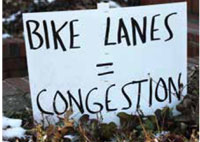 But debate raged on, with Traffic and Parking Board hearings culminating in an appeal to the City Council. In March, the council rendered its decision, voting 7–0 to allow the project to proceed, along with pedestrian improvements requested by the community.
But debate raged on, with Traffic and Parking Board hearings culminating in an appeal to the City Council. In March, the council rendered its decision, voting 7–0 to allow the project to proceed, along with pedestrian improvements requested by the community.
In the end, the predictability of designated space for different modalities will improve safety for all road users, Baier says. A post-project study will examine results and provide data for future projects.
The PE says he was caught a bit off guard by the amount of controversy the project generated and the design criticism he received from nonengineers. However, he believes the compromise solution was even better than the original.
Engineers’ designs can be enhanced by the perspective of someone who lives every day on a roadway, he says. “The design may be entirely correct, but you could’ve made it a little bit better because this person sees something you don’t see from a design perspective.”


 Volunteering at NSPE is a great opportunity to grow your professional network and connect with other leaders in the field.
Volunteering at NSPE is a great opportunity to grow your professional network and connect with other leaders in the field. The National Society of Professional Engineers (NSPE) encourages you to explore the resources to cast your vote on election day:
The National Society of Professional Engineers (NSPE) encourages you to explore the resources to cast your vote on election day: